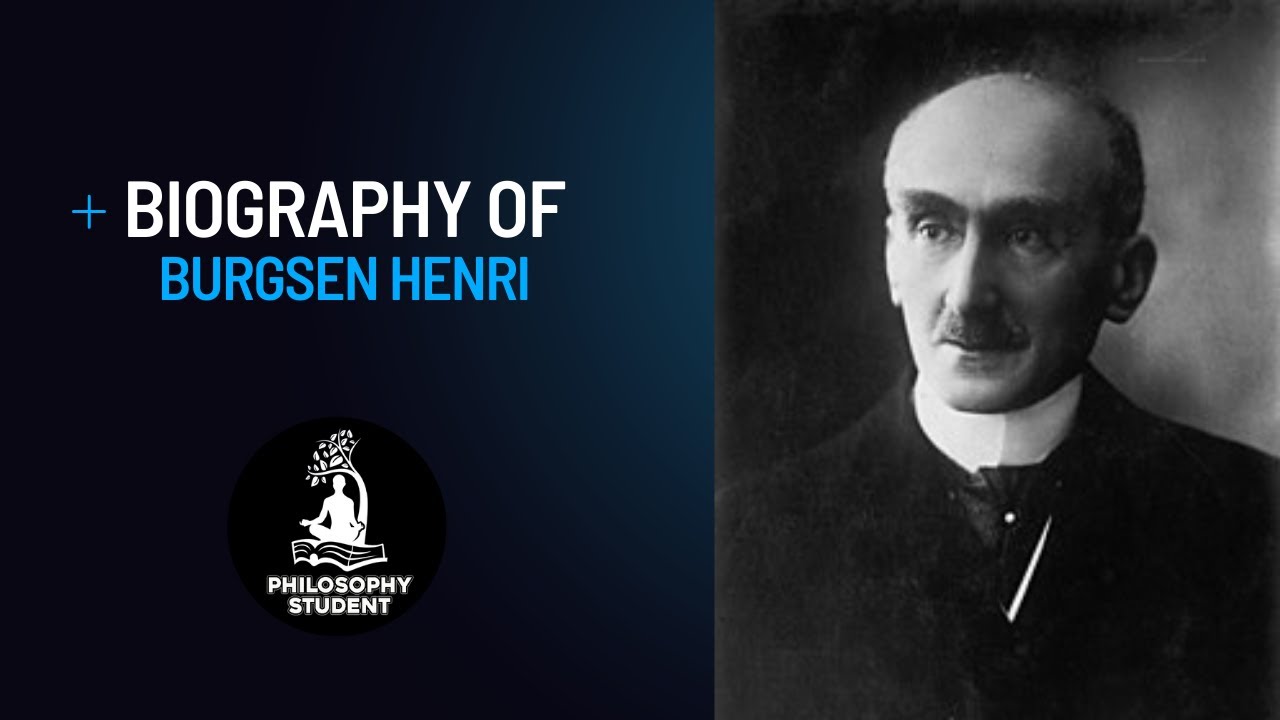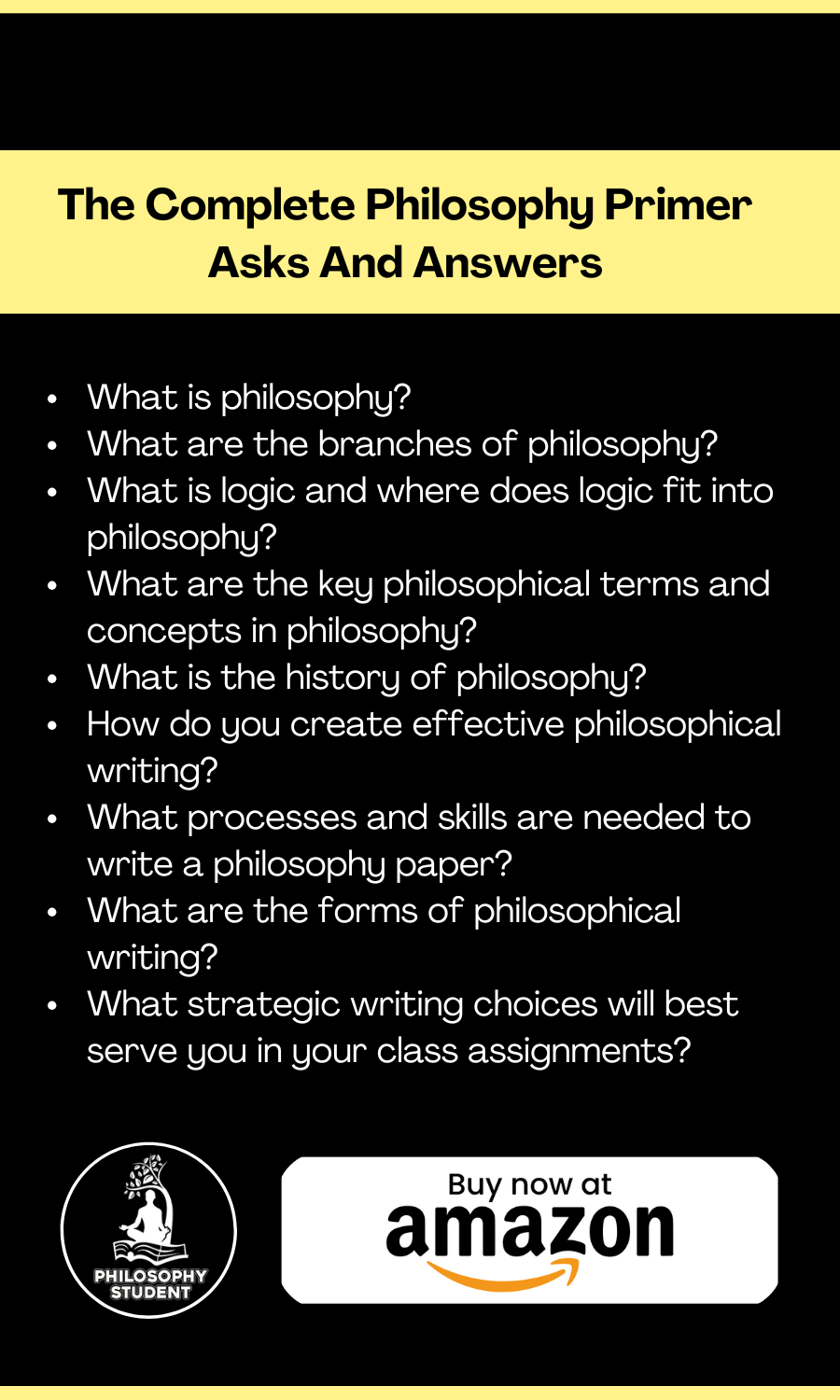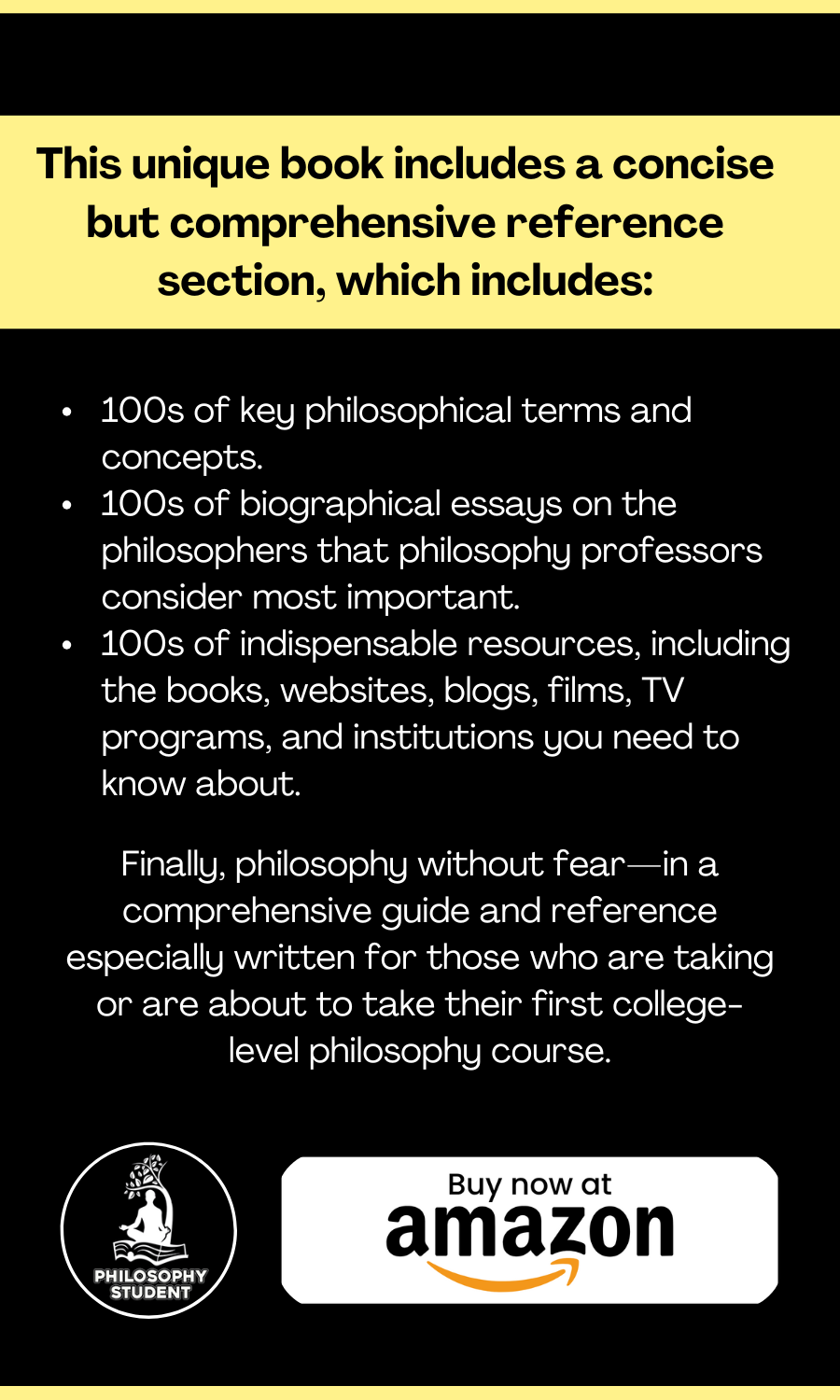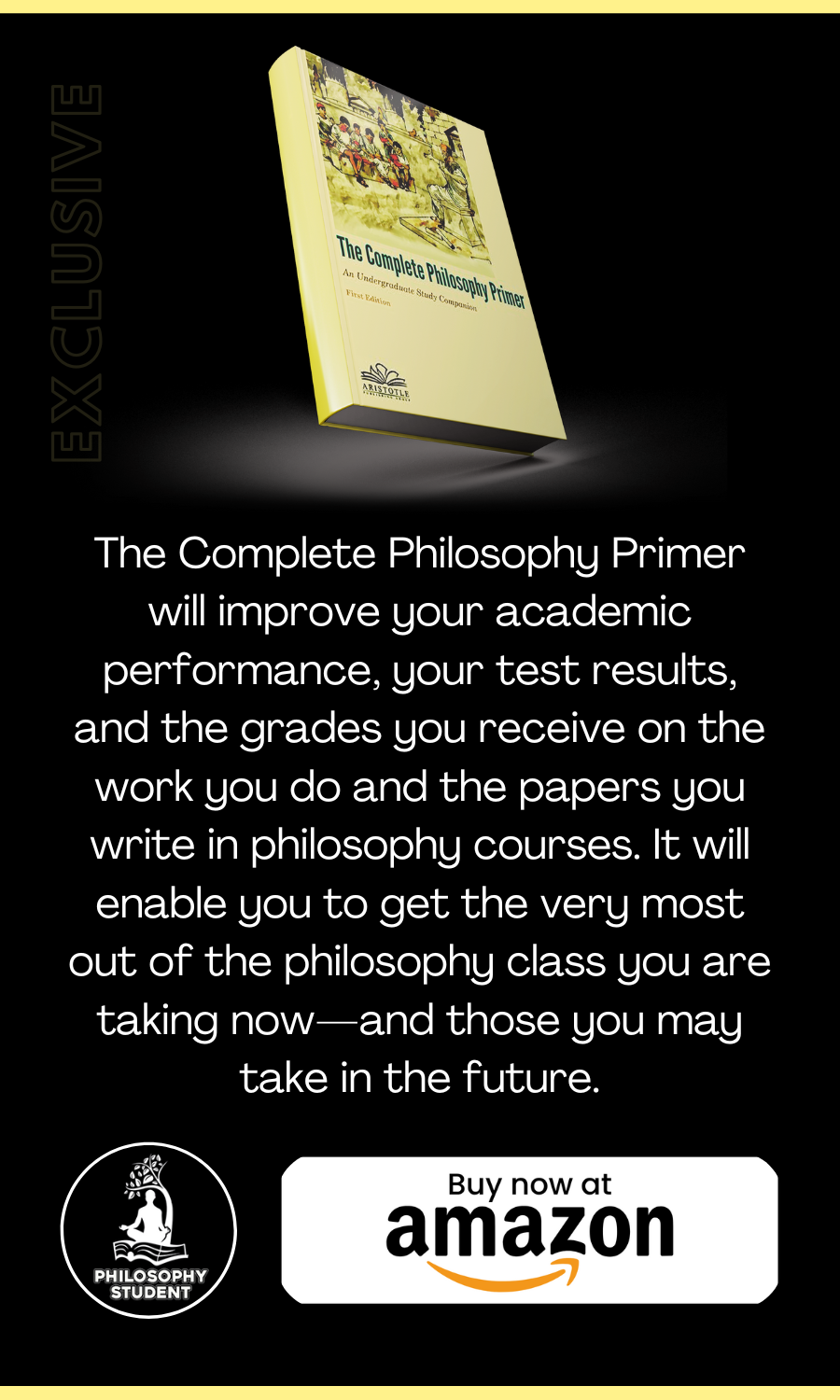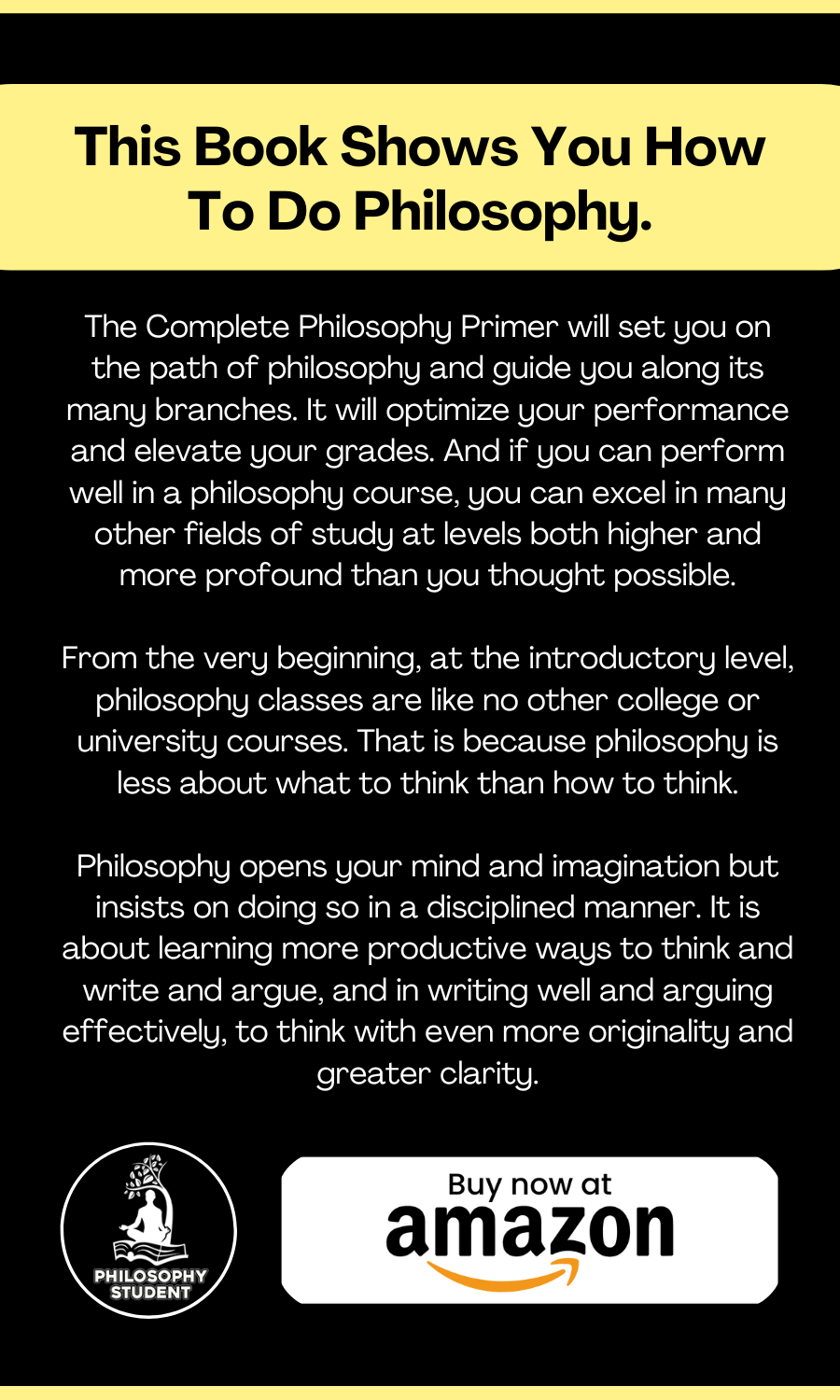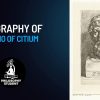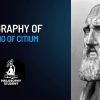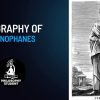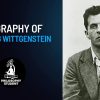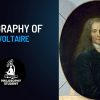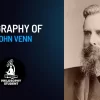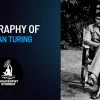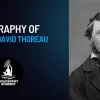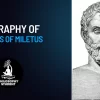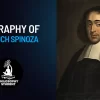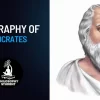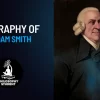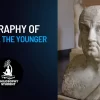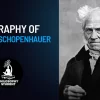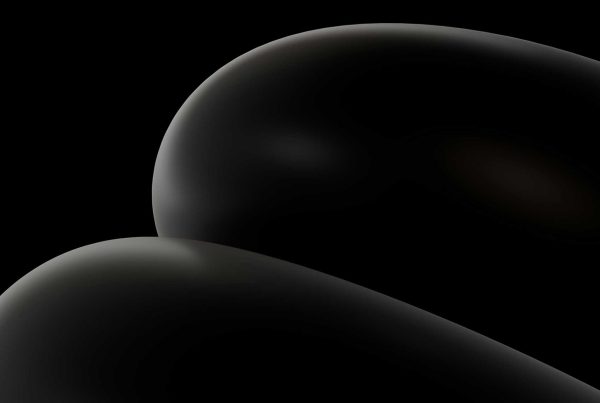Henri Bergson sought to free philosophy from mechanistic views of causality and argued for the role of free will in creating new things and ideas in a gloriously unpredictable fashion. In contrast to Immanuel Kant, for whom free will was a concept wholly apart from the world of time and space, a matter of spiritual faith, Bergson endeavored to redefine time, space, and causality as duration (la durée), the inner experience (or perception) of time, which may speed up or slow down and is, in essence, immeasurable. For Bergson, duration is the mental or imaginative space in which freewill causality can coexist. This inner realm is at once apart from time and space and yet very much encompassed within it. Reality, therefore, can best be described as a continuous stream of movement and change, whose essence Bergson called élan vital (vital impulse), a force apprehended not by the intellect but by intuition. The former isolates the moment, attempts to fix and measure it, and thereby kills it, whereas the latter experiences the moment as duration, without compromising its movement or presence within the stream.
Henri Bergson was born in Paris on October 18, 1859 and was trained as a mathematician but went on to the École Normale Supérieure, from which he graduated in 1881 and became a professor, working simultaneously in the fields of psychology and philosophy. He wrote and published prodigiously, but his four principal works are Time and Free Will (1889), Matter and Memory (1896), Creative Evolution (1907), and The Two Sources of Morality and Religion (1932).
Time and Free Will developed the concept of duration, in which free will and causality are reconciled as what Bergson called the “immediate data of consciousness.”
Matter and Memory explored the mind-body problem, which has proved durable in both philosophy and psychology. The book was a direct response to Théodule Ribot’s Maladies of Memory (1881), an early work of physiological psychology, which argued that memory is wholly contained within a structure of the brain. Bergson countered that memory is inherently metaphysical—beyond the physical—and is thus of a spiritual nature yet is also built of perceptions of an immediate nature, through embodied cognition and not just within the physiology of the brain.
Creative Evolution proposed replacing Charles Darwin’s mechanistic vision of evolution with the idea of an evolution driven by élan vital, the vital impulse that is linked to creativity in the narrower human sense. Published in 1907, the book revisited the duration concept and memory, evoking a picture of an inner reality that served to inspire the likes of Marcel Proust (who, in the multivolume Á la recherche de temps perdu [Remembrance of Things Past], endeavored to reconstruct decades of memory without destroying its immediacy) and other modernist authors and artists.
The Two Sources of Morality and Religion was an attempt to develop his philosophical theories in the context of religion, morality, and art, but was not successful. By this time, Bergson was no longer regarded as a radical but as a “respectable” professor. He lived to see the Nazi invasion and occupation of France and, as a Jew, would most likely have been deported to a concentration camp had he not succumbed to bronchitis on January 3, 1941. He was eighty-one.

